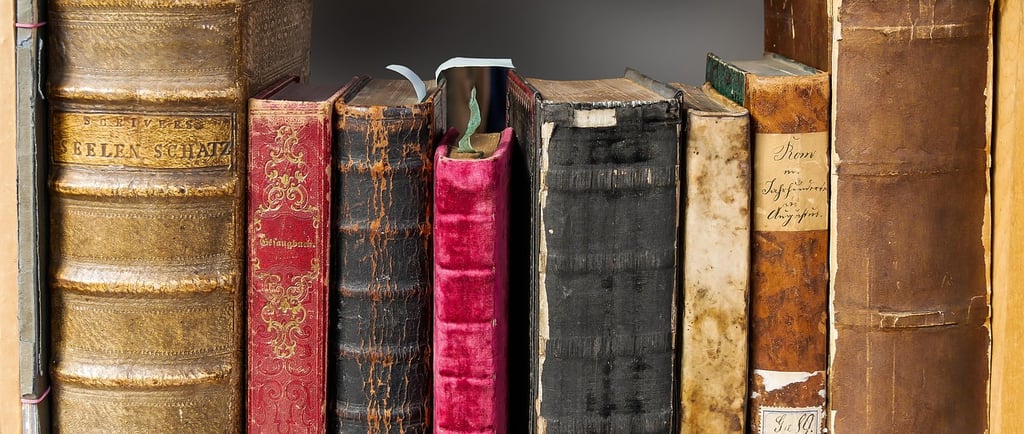How Books Were Born - The Story of Printing 📖
📖 A follow-up story that connects Chapter 2 of the Language Album—Language Reaches Across Time and Space ✨ With which children trace the clear path from picture-signs to alphabets to inventions like paper and movable symbols pressed on paper. 📄Language is like a treasure chest of ideas passed from one generation to the next. And once humans learned how to make paper and books, stories traveled even further! 🚀🕯️🖨️, With this story children are invited to imagine what is to seal a clay letter in a clay envelope, or read a stone book. They leave the story with awe and invitation to bind or make their own mini booklet 🧵📗 🌍📚 and wonder 💭 What message should I print on my booklet? And what about the title?💭📜
LANGUAGE STORIES
10/24/20243 min read


🗣️✨ Do you remember how, before people started writing things down, they shared ideas and discoveries? By speaking! If you had a question, you’d ask your parents or your grandparents. Listening to stories was a daily ritual—hearing, retelling, and remembering—and then passing them along to friends, who shared them with cousins, and so on. This is how knowledge traveled, from mouth to mouth 👂➡️👄➡️👂.👂➡️👄➡️👂.
As people began trading—sheep 🐑, metal 🪙, grain 🌾—they needed a way to keep track, so lists and records appeared. 📋🧮 Once alphabets were invented, people could organize their thoughts and ideas more easily ✍️📜, and the story of writing began. We even know that, long ago, the Babylonians recorded not just lists but also recipes—like an ancient beer recipe pressed into clay tablets 🍺🧱—dating back more than 3,000 years. ⌛️
The Babylonians loved writing, they also sent letters written on clay and sealed them inside clay “envelopes” 📩🧱—imagine carrying ten of those; you’d have to deliver very carefully! 😅 People have always wanted to share and save information ❤️🔗. Before paper, they wrote on clay 🧱, papyrus 🌿📜, parchment 🐑📜, bamboo 🎋, silk 🧵, and even stone 🪨—can you imagine carrying a book made of stone? 📘💪
Now you can find books for recipes, books for science, books about animals, and books of fairy tales and dragons—libraries are full of books! 📚🔬🐾🐉 But the story of books began long before libraries were built. Over 2,000 years ago in China. People there were the first to make something like paper, and that inspired even more writing—not just recipes! 📜🇨🇳✍️
Once people in China invented paper, they wanted to record information faster. Another invention followed: people carved what they wanted to save into wooden blocks and pressed them onto paper—much like painting a leaf and stamping it on a blank sheet. 🍁🪵🖨️ This became famous as woodblock printing. It worked for a few hundred years, until Bi Sheng, another young inventor from China, had another idea: why carve a big wooden block for an entire page when we could carve movable type—small pieces of wood or clay for each character? A bit like our movable alphabet in Casa, but using Chinese symbols. 🔤🧩
This was a great invention, but it did not spread widely in China because the written language has thousands of characters, not just 26 letters like English. The idea reached Korea, where printers liked it and began using metal movable symbols to print books. 🇰🇷🪙📖
Meanwhile, in Europe about 400 years ago, most people were not able to read, and books were still made by hand by monks in monasteries. It took a long time to complete a book, and not every home had a Bible—the first book many monks were copying. 🕯️⛪✍️
We humans are very inventive: when we face a problem, we search for solutions. A craftsman from Germany had a brilliant idea that changed the way books were made forever. His name was Johannes Gutenberg. He admired the idea of movable type and combined it with his own invention—a machine that pressed inked letters onto paper. He invented the first printing press. 🇩🇪🔨🖨️ His most famous work is the Gutenberg Bible, often called the “42-line Bible” because each page had exactly 42 lines—you could even count the lines to see if it’s true! 📖🔢✨ If you look closely, you will notice beautiful illuminated letters and decorative borders, often highlighted with gold or other bright pigments—but that’s a story for another day. 🖋️🌟
After this invention, books were copied much faster and began to spread more quickly. Traders, scholars, and sailors carried printed books on their journeys, spreading ideas and stories wherever they went. 🌍⛵🧭 Can you imagine how long it took for a book to cross the ocean back then? 🌊⏳
Today, books can arrive in days from one continent to another. They are printed and assembled within hours, but their story is much longer. We have mastered the craft of bookmaking, and people still make books by hand. ✈️📦🕒📘🧵 Would you want to make a book and bind it with a noble stich?
I wonder… where can we see the oldest surviving books? How old are they, and what did people use to make the ink? How have books helped people learn and discover? 🤔📜🖋️💡
✨Possible Follow-Up Explorations✨
Make a block printing, carving out in much softer material like linoleum and maybe trying to make a cover of a book or an art work like the famous "Under the Wave of Kanagawa" which was made from woodblock print.
Create your own mini booklet with 6 pages from one A4 paper.
🧵📗 Make your own book and stitch it using one of the ancient book bindings.
With Montessori joy,
Vanina 😊

